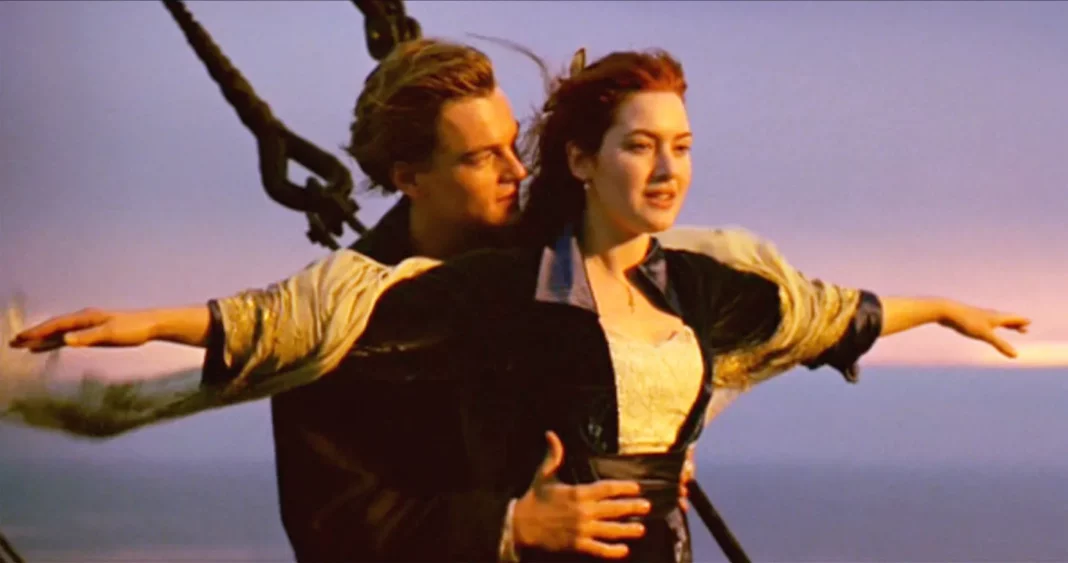I must have refreshed my browser 1,000 times last week, hoping for an update and some positive news about the Titan submersible. Endless experts weighed in—engineers, explorers, and former passengers—offering insight and opinions about what might have happened to the lost vessel. Along with everyone else, I was glued to the story. Those promising knocks on Wednesday morning offered a glimmer of hope. Of course, by Thursday, we all learned the tragic fate of the five people on board.
Why was this story so captivating?
Even Adele stopped her concert to ponder this question. And, why, after over 100 years, does the story of the Titanic still have this siren-like hold over us?
Director James Cameron offered some thoughts about the enduring symbolic significance of lost vessels in a 2005 interview in The Independent:
“Wrecks are human stories. They teach us something about ourselves.”
A recent article in The Washington Post explains the ongoing fascination with the Titanic as likely due to human interest in the passengers’ stories coupled with the unique characteristics surrounding the shipwreck. After colliding with an iceberg, the ship took over two and a half hours to sink. Instantaneous catastrophes don’t give us time to ponder possible outcomes and, in a dark way, provide some solace. Did they suffer? is the first question asked after a tragedy. On the Titanic, the prolonged terror, the unfolding drama, and the impossible choices give it a mythic but also human quality.
It’s the stories that captivate us—especially extreme and one-of-a-kind stories. It a recent working paper, Harvard Business School’s Thomas Graeber describes how our memories hang on onto unique tales but quickly forget numbers. He calls this the story-statistic gap. Few remember how many people were on board the Titanic. It’s the vivid details we hang onto.
To push back on the narrative that the fate of the Titan submersible was so riveting because those involved were wealthy and white, consider the boys trapped in the flooded cave in Thailand in 2018 and the Chilean miners who were sealed inside a mountain for 69 days in 2010. Perhaps what makes all these stories so gripping is one cannot help but wonder, what would I do in that situation?
We often assume that these harrowing moments bring out the worst in people, but this isn’t the case.
A recently published report about the emergency response to the terrorist attack at an Ariana Grande concert in Manchester in 2017 found that, “the heroism shown by very many people that night is striking.” An article by Steve Taylor in The Conversation highlights how altruism often prevails. During the horror that unfolded in the terrorist attack at the Bataclan theatre in Paris in 2015, where 89 people were killed, a security guard risked his own life to help over 400 people escape. A woman who was pregnant at the time described his actions:
My life will never be long enough to thank him for what he did. And thanks to him, my baby has a mother. We saw the worst things that night, the worst human beings ever. And then we saw the best things.
Stories of bravery and goodness abound. Here is one that helps explain my ongoing fascination with the Titanic. My great-great-grandparents were passengers and died that fateful night. As the ship sank, my great-great-grandfather turned down a seat in a lifeboat nothing that there were women, children and younger men to be saved. My great-great-grandmother was offered a spot but refused to leave her husband’s side. “Where you go, I go,” she said before handing her sable coat to her maid who was among the seven-hundred passengers rescued. A survivor reported seeing them on deck, arm in arm, as the lifeboats pulled away and a wave swept them into the sea. My daughter is named after their youngest daughter, Vivian.
Beyond the tragedy, it’s the decency and dignity that remain.
I wish you all the best,
Dr. Samantha Boardman






